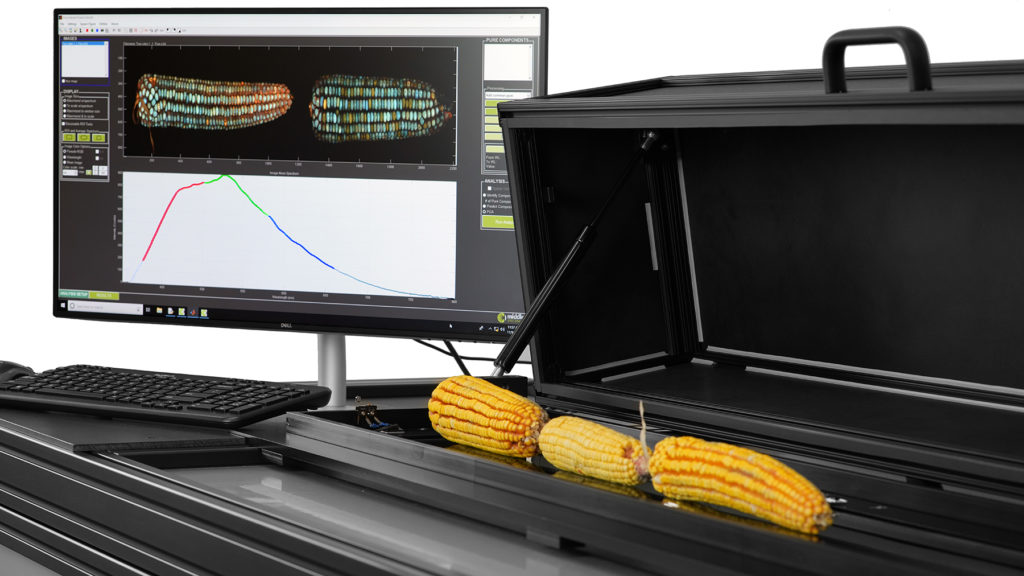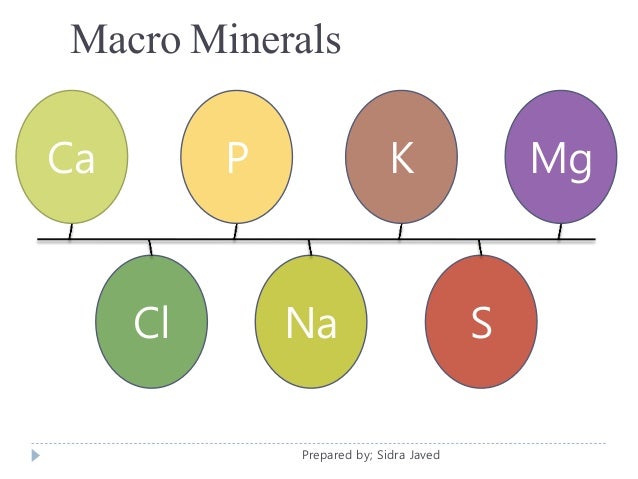


Ratios (Ca:P) between 1.5:1 and 2.5:1 for lactating cows should not result in problems. Controlled experiments demonstrated no effect of altered ratios on reproduction in heifers or lactating cows. Most experimental work relating calcium to reproduction has centered on the effect of the calcium: phosphorus ratio. The ration containing 0.45 to 0.50 percent phosphorus on dry matter basis should be provided to high producing cows (Schweigert et al., 1998). Caution should be used to not overfeed phosphorus – it is costly, of potential environmental concern, and does not positively influence reproduction in beef (Duffy et al., 1977) or dairy cattle (Lammoglia et al., 1997). The reason for these differences in response is unclear, but may be related to the availability of the phosphorus that is added to the ration or the actual amount of phosphorus consumed.

However, in some instances, responses have been reported in the field when phosphorus supplementation was increased to 0.5% or 0.6%. In another experiment, increasing phosphorus supplementation from 0.4% to 0.6% of the ration had no effect on days to first estrus or services per conception. Services per conception were reduced to 1.3 after adequate phosphorus was supplemented. In a field study when heifers received only 70-80% of their phosphorus requirements and serum phosphorus levels were low, fertility was impaired (3.7 services per conception). Ovaries, delayed sexual maturity and low conception rates have been reported when phosphorus intakes are low (Cromwell et al., 1997). Decreased fertility rate, feed intake, milk production, decreased ovarian activity, irregular estrous cycles, increased occurrence of cystic There has been much debate and research conducted on phosphorus supplementation effects on reproductive function (Elord et al., 1993). A more complete understanding of how and when nutrition affects reproduction may provide an alternative approach to managing reproduction in commercial systems that do not depend on the use of exogenous hormone (Pradhan et al., 2003). Under nutrition results in the loss of body weight and body condition, delays the onset of puberty, increases the post-partum interval to conception, interferes with normal ovarian cyclicity by decreasing gonadotropin secretion and increases infertility (Boland et al., 2001). The interaction between nutrition and reproduction has long been known to have important implications for the reproductive performance (Smith et al., 2010). The relationship between nutrition and reproduction is a topic of increasing importance and concern among dairy producers, veterinarians, feed dealers and extension workers. By helping cows mitigate the challenges of the transition period, a negative DCAD helps maintain reproductive integrity for future lactation (Cromwell et al., 1997). Research shows that a negative DCAD prior to calving helps cows successfully join the milking string, decreasing the incidence of metabolic disorders postpartum and increasing early lactation production. (Sodium + potassium) – (chloride + sulfur) = DCAD in mEq/100g of ration dry matter The equation for calculating DCAD balance is: DCAD measures the level of four macrominerals: sodium and potassium, which are cations and carry a positive charge, and chloride and sulfur, which are anions and carry a negative charge. If a little bit is enough, twice as much will not be better and may in fact cause problems (Schweigert et al., 1998).Īn important concept surrounding macromineral balance is dietary cation-anion difference (DCAD). Producers should avoid overfeeding minerals. The same is true of excessive intakes of minerals which may indeed be harmful. It is clear that adequate amounts of minerals must be provided, but little is known about the effects of marginal deficiencies and imbalances. Mineral deficiencies and imbalances are often cited as causes of poor reproduction. Minerals are important for all physiological processes in animals including reproduction (Elord et al., 1993). (Animal Nutrition), Veterinary Assistant Surgeon (VAS)ĭepartment of Animal Husbandry M.P.


 0 kommentar(er)
0 kommentar(er)
